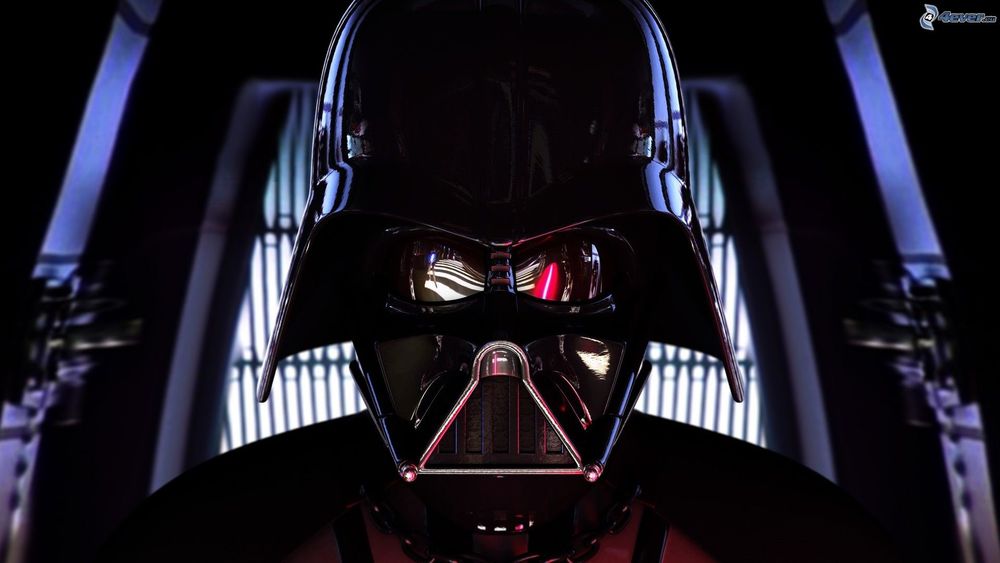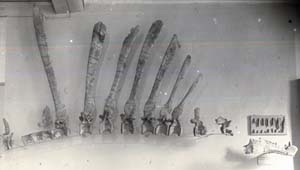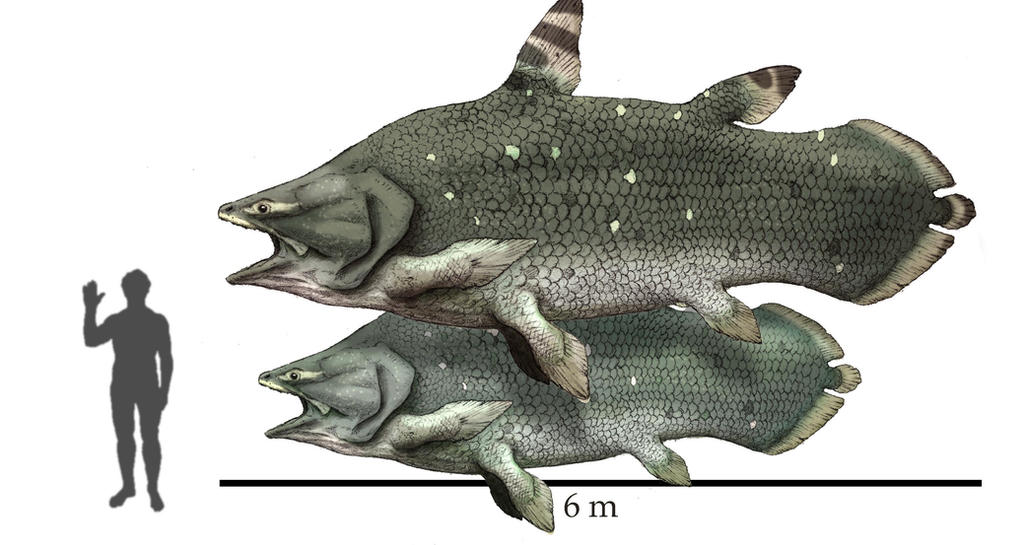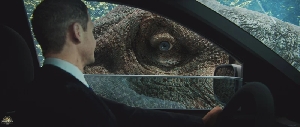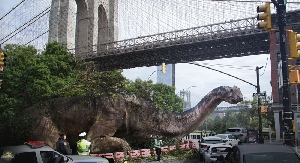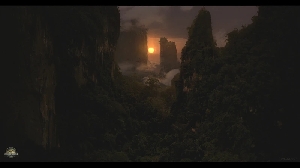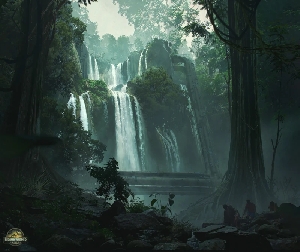Re-Assessment: Rex vs. Spino
Dinosaurs Forum Topic

Dinosaur.Fanatic
MemberCompsognathusJul 9, 20136764 Views64 RepliesAs many of you know, previously I have made it known that I think, in a Rex vs. Spino fight, the odds are in Rex's favor. I would like to publicly state that I no longer have this mindset, and I believe that Rex and Spino would have a perfectly equal, 50 - 50 chance of beating each other if pitted against each other. Of course, it is impossible that Rex and Spino would have ever come into contact, but if they could have, my new opinion stands.
Let me start with an analogy. You've got your club, and you've got your spear. When swung, the club crushes bone on impact, leaving serious, fatal damage. The swing of the club is heavy, forceful, and brutal. However, dodge the club and it takes a moment for the attacker to regain composure to swing the heavy club again. Now take, for example, the spear. The spear is light and swift, and while a puncture from a spear is not bone-crushing, it can certainly be fatal. Because the spear is so light, it can be very-easily wielded, and someone holding a long, sharp spear has a good chance of wounding / killing an opponent. However, the lightness and speed of the spear comes at a cost - they are fragile weapons, and can be easily broken.
While the person with a club has brute force and fatal impact on their side, the weight of the club can become a problem. And while the person with the spear has swiftness, speed for running and dodging, and a sharp weapon, the fragility of the spear makes the person vulnerable.
As you have probably guessed, the club represents Rex, while the spear represents Spino. After close observation of that highly controversial fight scene in Jurassic Park III, I would like to point out that, believe it or not, Rex and Spino were evenly matched. This was not some impossible feat; Spino took down Rex, end of story. Spino had the swiftness, cunning, and sharp claws and arms to take Rex down. It just so happened that Rex's brute strength and bone-crushing jaws were not enough in this instance. (Watch the scene, and you will notice that the grip Rex has on Spino's neck at the beginning is shallow and higher up along the top of the neck. Spino, on the other hand, might not have had the bite force to break Rex's neck, and the fragility of his spine could have been a hinderance, but he certainly had the combined neck strength and arm force to twist Rex's neck and kill him.)
All this to say, I would like to make two conclusions. For one, I believe that in a real fight, because Rex and Spino are so evenly matched, this fight should have gone on MUCH longer. If neither predator could overcome the other, it would eventually be environmental pressures that killed one of them (one dino trips, a landslide occurs, etc.). Second, I believe it was not Spino, but Rex, that was poorly executed in the fight scene. We saw no forceful charge on Rex's part, only a slow stride towards Spino. Like many from Team Rex have pointed out, Rex could very well have charged and butted into an opponent, or at least bit down in a more vulnerable spot, like the flank or underbelly. Thus, I do not believe that Rex's full glory was shown in Jurassic Park III, and I think everyone will agree with me on that.
Just voicing my opinion. Feel free to comment!
"Either way, you probably won't get off this island alive."
--Alan Grant
Replies to Re-Assessment: Rex vs. Spino
Hey Guest, want to add your say?
Are you an avid Jurassic World fan looking for a dedicated online community of likeminded fans? Look no further! Create your own profile today and take part in our forums and gain XP points for all the content you post!



